The ultimate guide to Kyoto
Kyoto, the city where the ancient capital of Japan once stood, is home to countless cultural attractions and historic sites. It is also the perfect base for your visit to the Kansai region, which also includes Osaka, Kobe, Nara and Himeji. As I have been to Kyoto many times, I thought I would share with you some of my favourite places to visit in the city. Hopefully this guide will help you take the most out of your trip!
Day 1: Kiyomizudera Temple – Sannenzaka Street – Yasaka Shrine – Gion
When you arrive in Kyoto, the first place you should head to is Kiyomizu-dera, one of the most wellknown temples in Japan. The temple was established in 780, on the site of the Otowa Waterfall. The waterfall is divided into three separate streams which are said to have different benefits: one grants longevity, one makes you a successful student, and one will bless your love life.
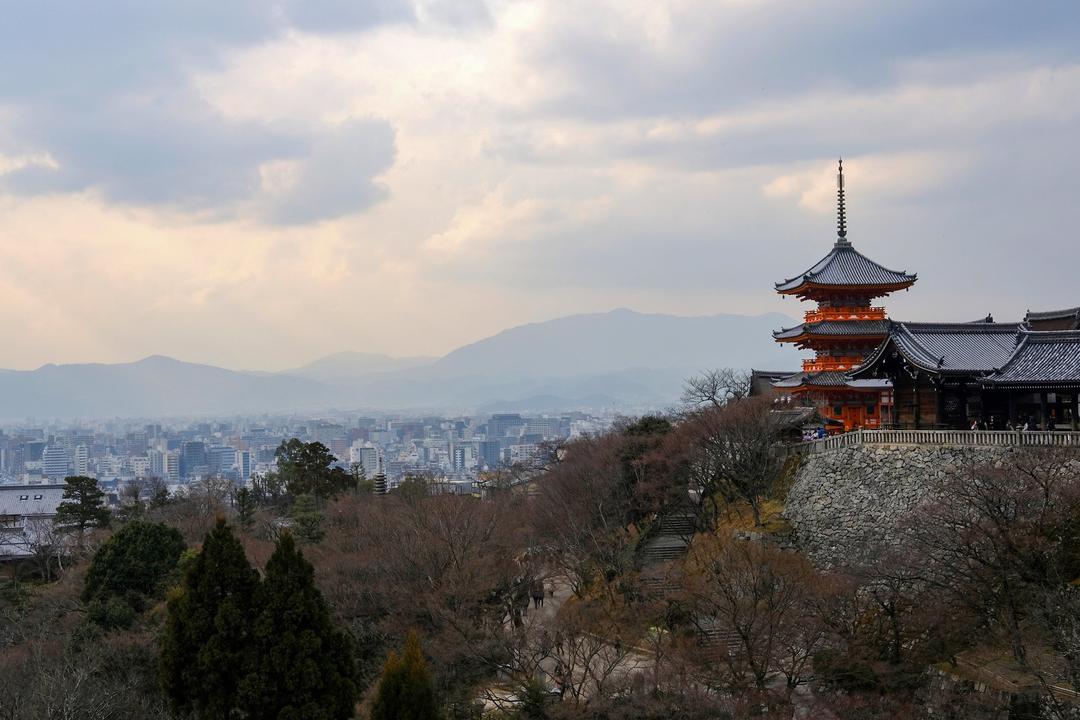
Kiyomizu-dera
1-chōme-294 Kiyomizu, Higashiyama Ward, Kyoto, 605-0862, JapanFrom the temple, walk to Ninen-zaka and Sannen-zaka, the two lovely preserved streets lined up with machiya houses and traditional shops which sell local specialties such as pottery, sweets, pickles and other souvenirs.
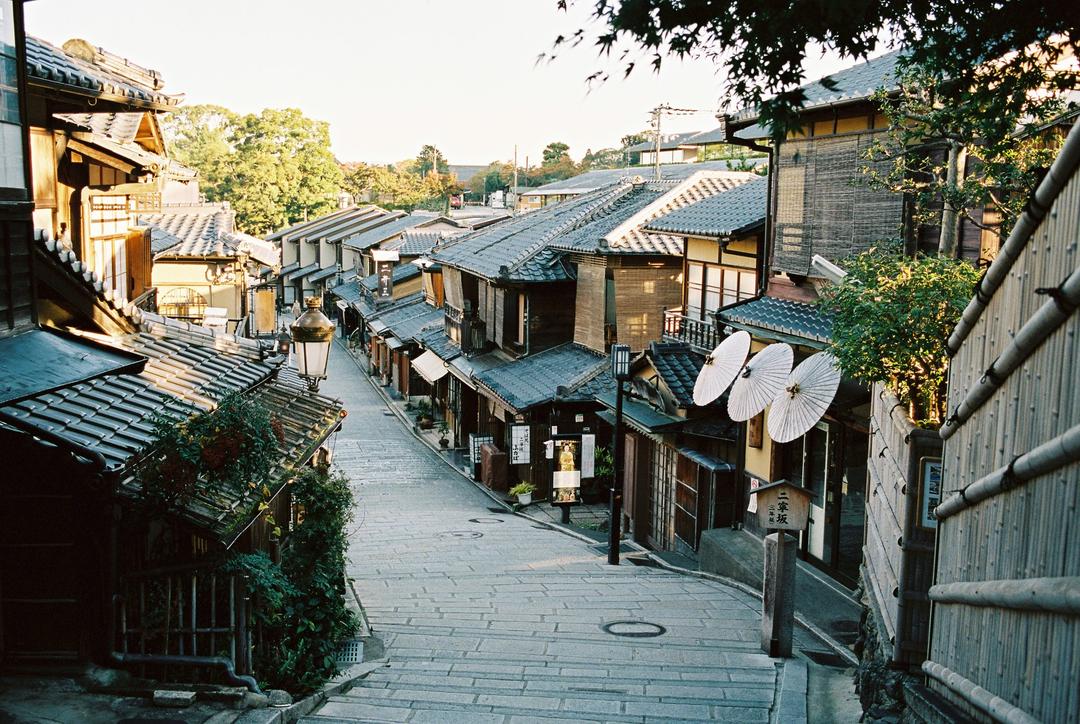
Sanneizaka (Sannenzaka)
2-chōme-221-211 Kiyomizu, Higashiyama Ward, Kyoto, 605-0862, JapanThen, make your way to Yasaka Shrine, home to the summer festival Gion Matsuri. The shrine is also very busy during spring, as the nearby Maruyama Park is among the most famous cherry blossom spots in Kyoto.

Yasaka Shrine
625 Gionmachi Kitagawa, Higashiyama Ward, Kyoto, 605-0073, JapanIn the evening, take a stroll along Hanami-koji Street in Gion, Kyoto’s historic geisha district. You might be able to catch a glimpse of a geisha or maiko on their way to work. If you want to see an authentic geisha performance, Gion Corner is the best place.
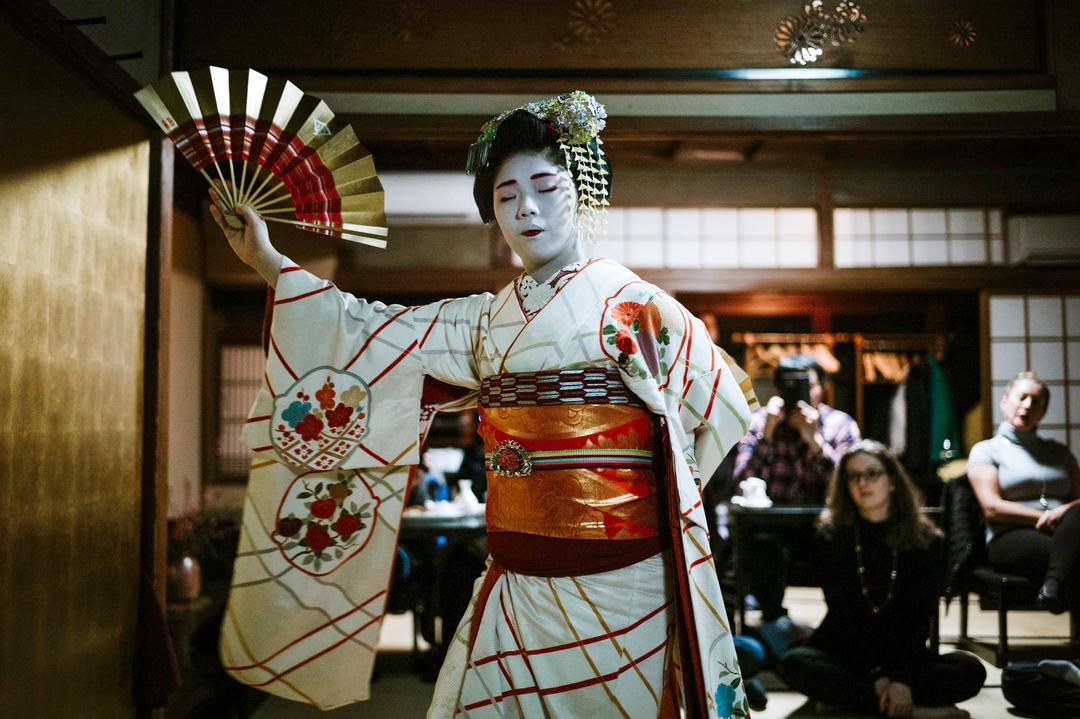
Gion
Gionmachi Minamigawa, Higashiyama Ward, Kyoto, 605-0074, JapanDay 2: Arashiyama – Tenryuji Temple – Okochi Sanso Villa
Arashiyama is such a magical place that you can easily spend a whole day here. Our first stop, obviously, is the bamboo grove, which attracts a large amount of tourists every year. If you want to have the whole place for yourself, aim to arrive at 6-7am in the morning.
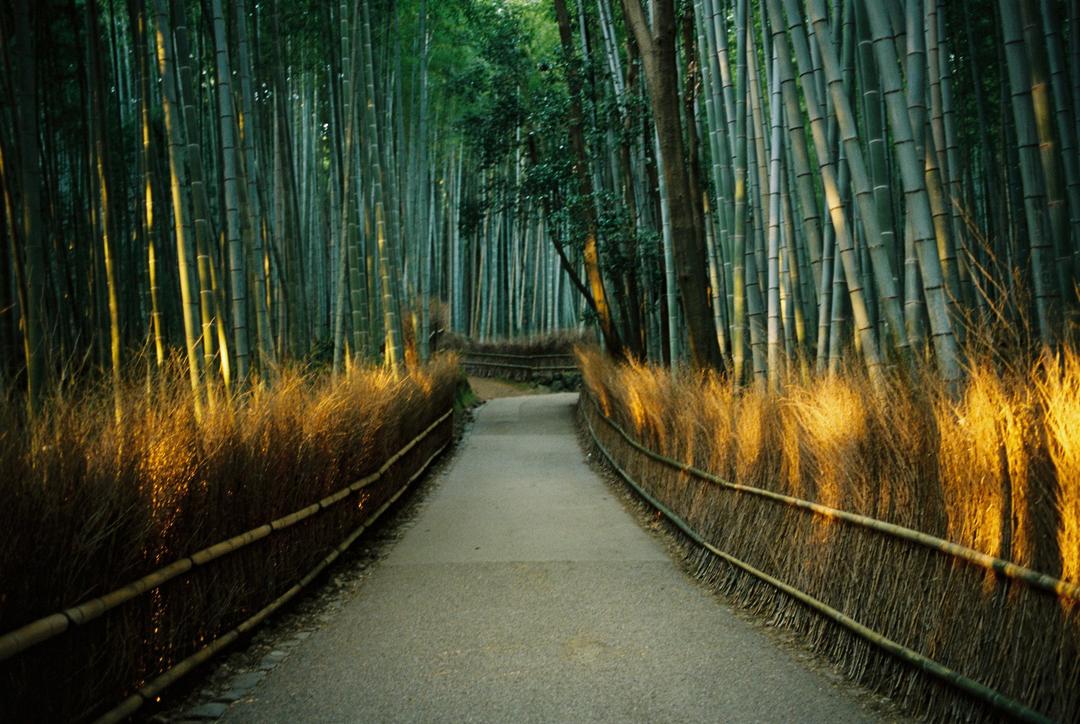
Arashiyama Bamboo Forest
Sagatenryuji Susukinobabacho, Ukyo Ward, Kyoto, 616-8385, JapanEven though the bamboo grove is worth the trip alone, there are other places that are worth checking out in Arashiyama. From the bamboo grove, make your way to Okochi Sanso Villa, a hidden gem in plain sight. The garden is beautiful and the layout is well-planned: You follow a one-way route to explore the whole thing, so you rarely encounter other tourists.
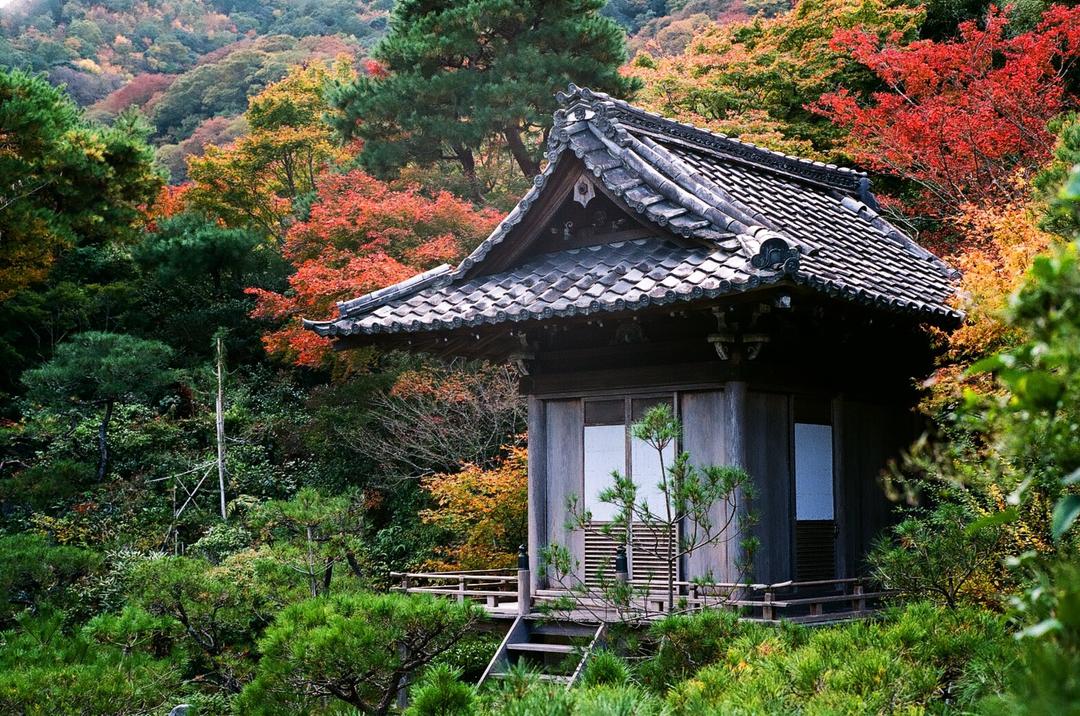
Okochi Sanso Garden
8 Sagaogurayama Tabuchiyamacho, Ukyo Ward, Kyoto, 616-8394, JapanTenryuji Temple is another great stop right next to the bamboo grove, with a garden created by Muso Soseki, featuring a central pond surrounded by rocks, pine trees and the mountains in the background. The garden looks magnificent during autumn when the leaves change colours.

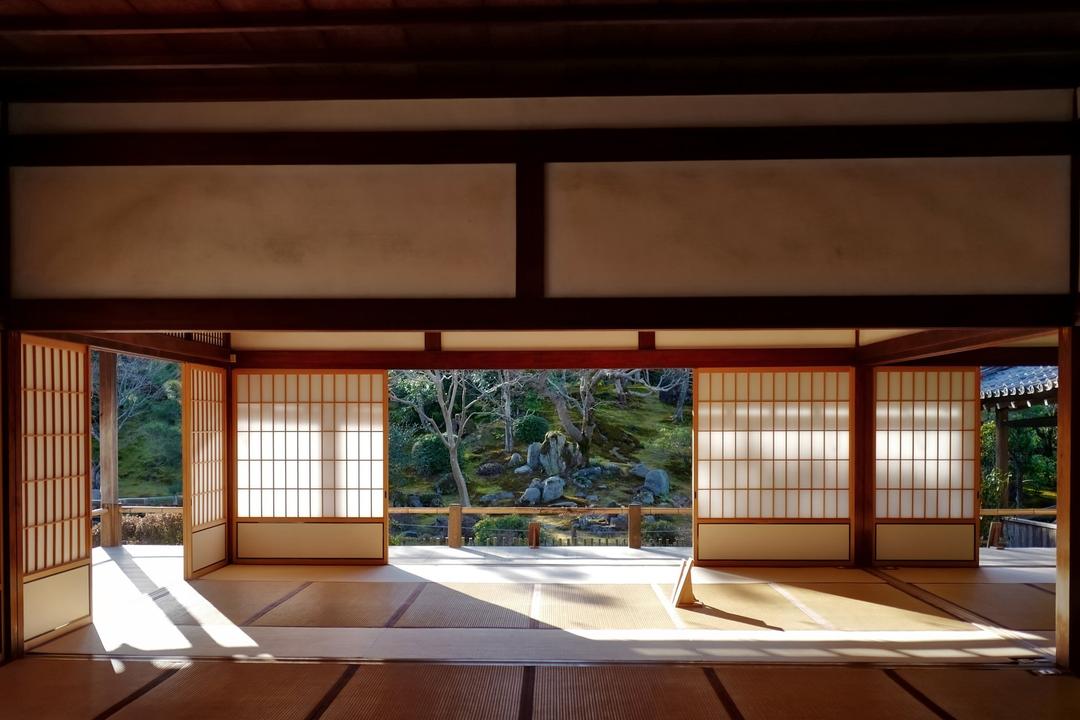
Tenryu-ji Temple
Japan, 〒616-8385 京都府京都市右京区嵯峨天龍寺芒ノ馬場町68Other attractions in Arashiyama include the Togetsukyo Bridge, Jojakkoji Temple, and Otagi Nenbutsuji Temple.
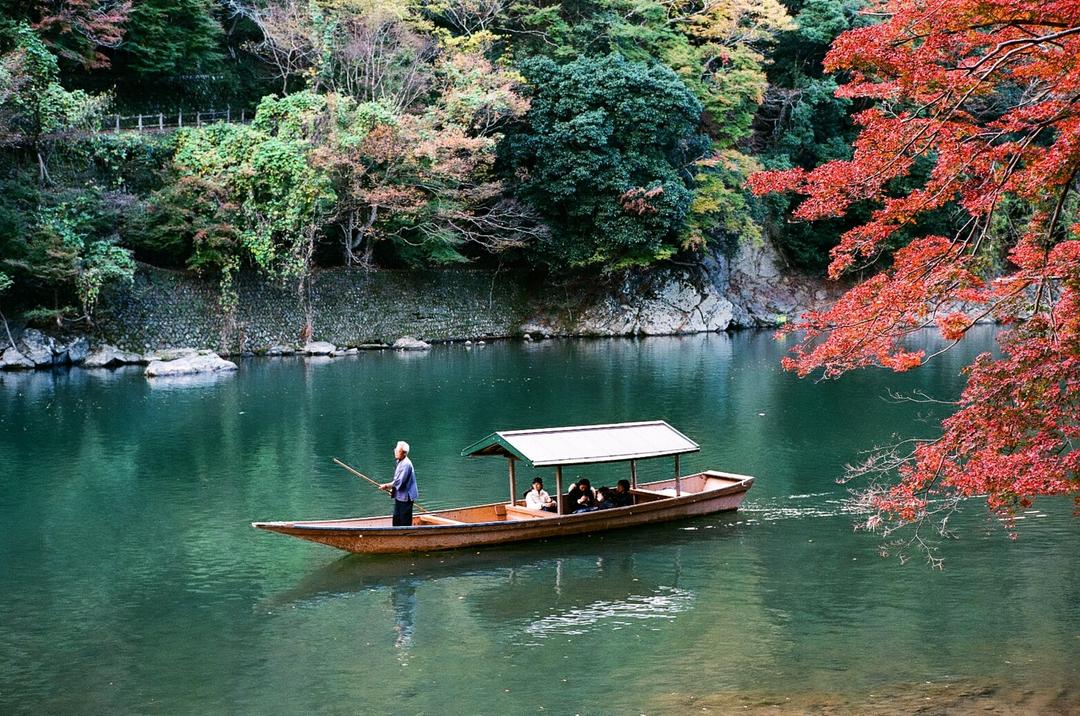
Day 3: Fushimi Inari Taisha – Uji – Byodoin Temple
Begin your day early at Fushimi Inari Taisha, which is famous for its thousands of vermilion torii gates dedicated to Inari, the protector of rice cultivation. A torii gate is a traditional Japanese gate made of two vertical pillars and two horizontal crossbeams. Torii gates are only found at the entrance of or inside a Shinto shrine, where they symbolise the transition from the mundane to the sacred.
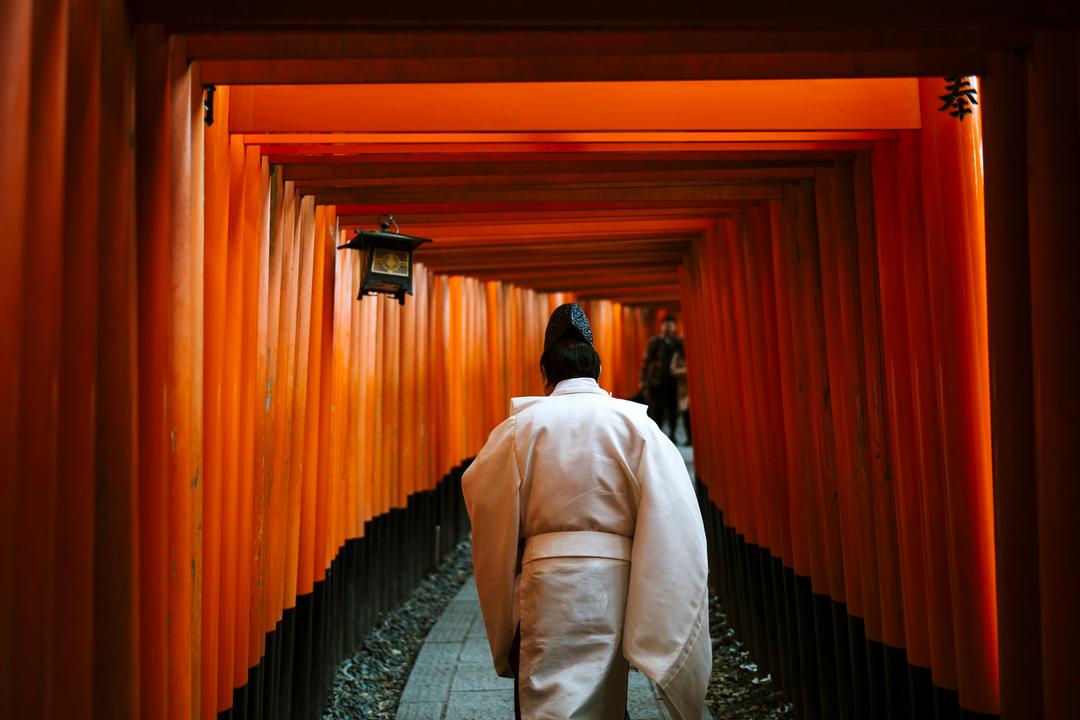
Fushimi Inari Taisha
68 Fukakusa Yabunouchichō, Fushimi Ward, Kyoto, 612-0882, JapanOur next stop is Uji, which is located approximately 40 minutes away from central Kyoto by train. Uji is known as the setting for the classic Japanese novel The Tale of Genji, and is now famous for its green tea. Uji’s tea production dates back to the 13th century and the quality of its tea is said to be among the highest in Japan.
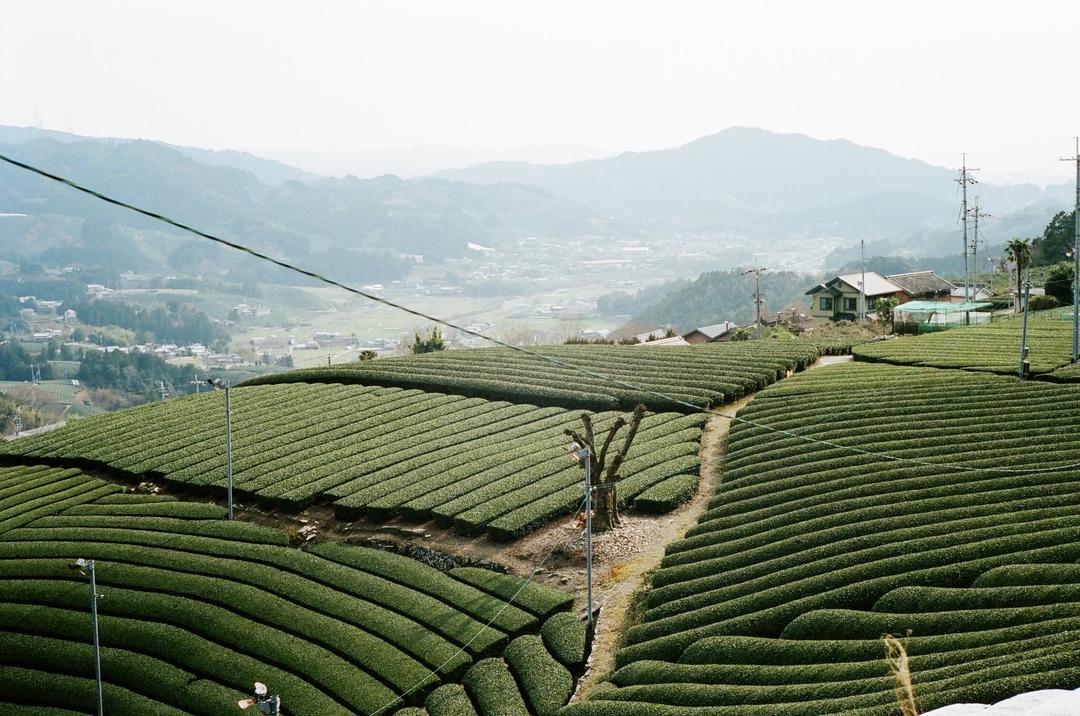
Uji
Uji, Kyoto, JapanUji also has two World Heritage Sites: Byodoin Temple, the home to the Phoenix Hall, and the Ujigami Shrine.
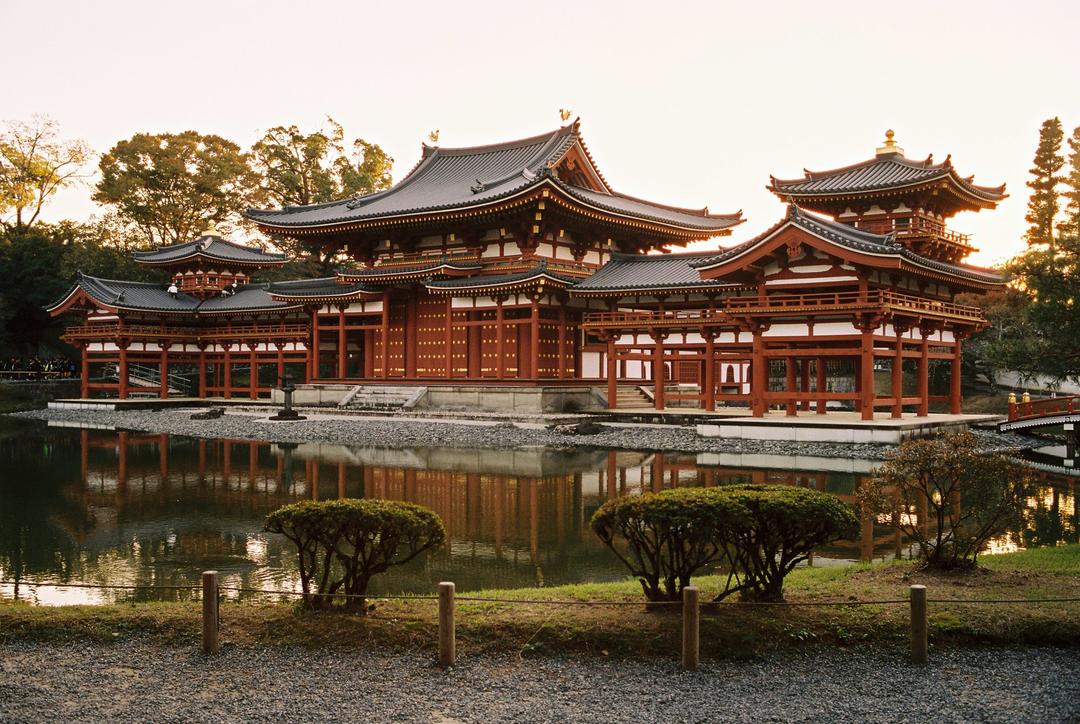
Byodoin
Renge-116 Uji, Kyoto 611-0021, JapanDay 4: Kinkakuji – Philosopher's Path – Nishiki Market
Our first stop in Kyoto today is Kinkakuji (Golden Pavilion), a Buddhist temple covered in gold leaf. The building once belonged to a retired shogun, and is now one of the city’s most visited tourist attractions.
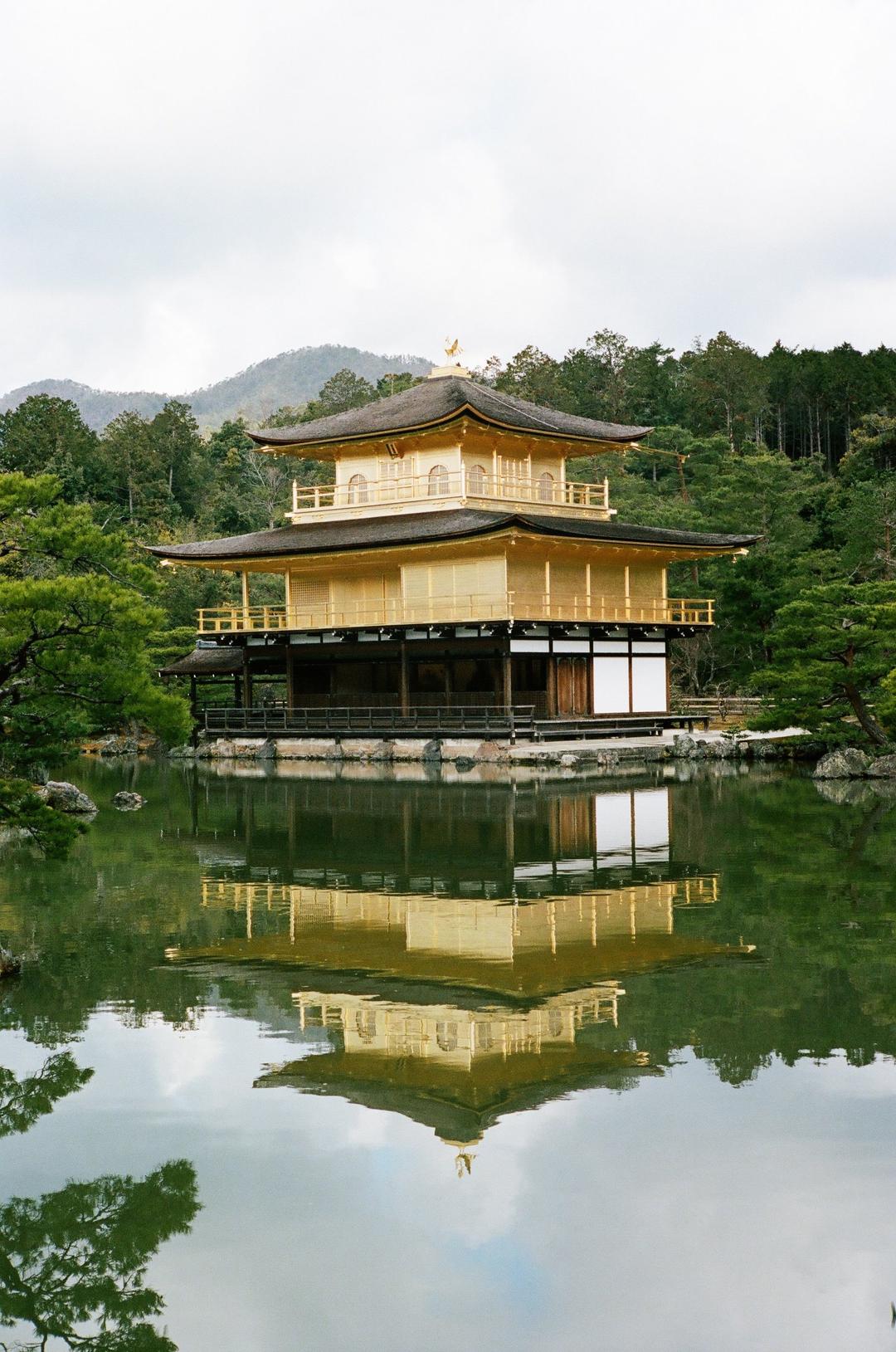
Kinkaku-ji
1 Kinkakujichō, Kita Ward, Kyoto, 603-8361, JapanIn the afternoon, head to the Philosopher’s Path, a beautiful stroll that takes you from Ginkakuji (Silver Pavilion) to Nanzenji. The path is approximately two kilometres long and lined up with cherry trees, making it a great location to admire the cherry blossoms in spring.
Philosopher's Path
Tetsugaku No Michi, 鹿ケ谷寺ノ前町 左京区 京都市 京都府 606-8426, JapanAfterwards, head to Nishiki Market, a market with a difference. Known as Kyoto's Kitchen, Nishiki Market is filled with more than 100 restaurants and food stands selling everything from seafood to pickles – a truly local experience!
Nishiki Market
609番地 Nishidaimonjichō, Nakagyo Ward, Kyoto, 604-8054, JapanIn conclusion, Kyoto boasts a rich cultural heritage and a long history, and is a great place to experience Japan's traditional life. If you do visit this beautiful city, I hope it will be a great experience for you!
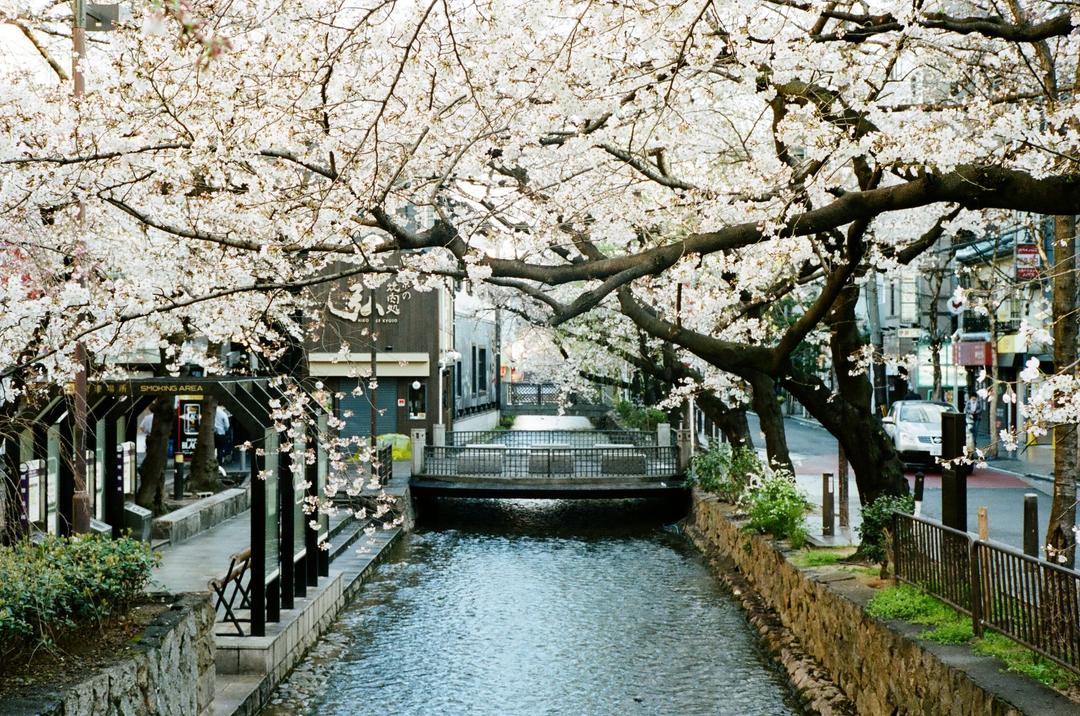
Have Story To Share?
Blog with Trip.Social
Reach new audiences and maximize your potential.